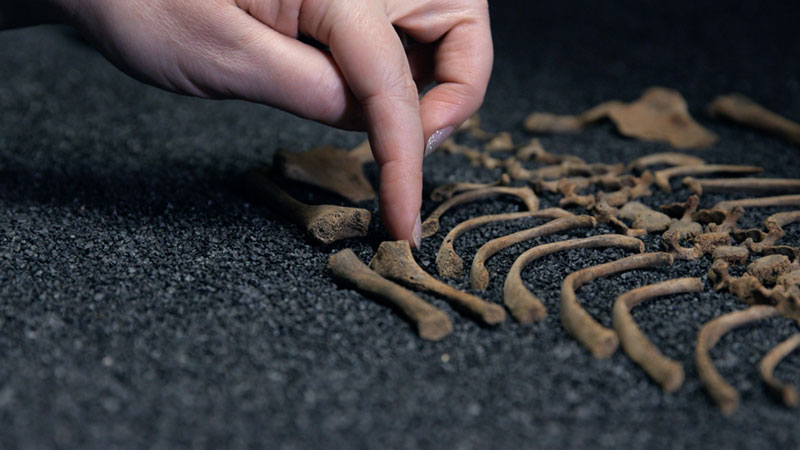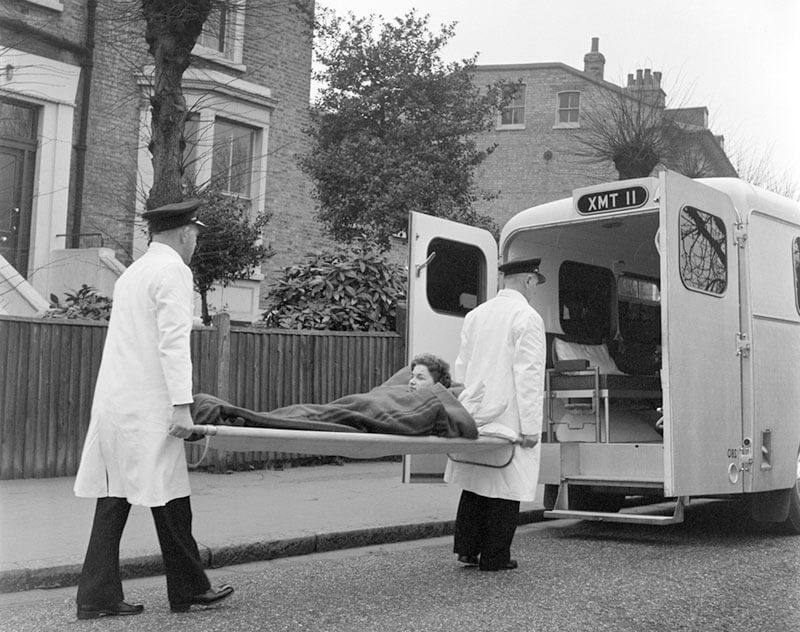



Smallpox is the first major infectious disease to be eradicated, giving us hope that we could put an end to future epidemics.
Over thousands of years, smallpox outbreaks killed hundreds of millions of people. In the 18th century smallpox became a major cause of death, claiming 8-20% of London’s population.
The breakthrough came in the 1790s when English doctor Edward Jenner proved he could induce immunity against this killer disease via exposure to a milder, related disease, cowpox. The technique of introducing material under the skin to protect against a disease became known as vaccination, a word derived from vacca, the Latin name for cow.
In 1853 smallpox vaccination was made compulsory in England and Wales. Smallpox epidemics continued through the 20th century until vaccination programmes were implemented around the world.

Infant skeleton, 1800-50
We think this infant died when they were about 9 months old, probably after suffering the effects of smallpox. Bone changes are caused by disease and are a possible indicator of smallpox. Epidemics rarely leave any trace in the human skeleton and with smallpox it is only in a growing child that changes to bones occur. The infant was buried in the early 1800s at Red Cross Way (Crossbones) Cemetery in Southwark.

